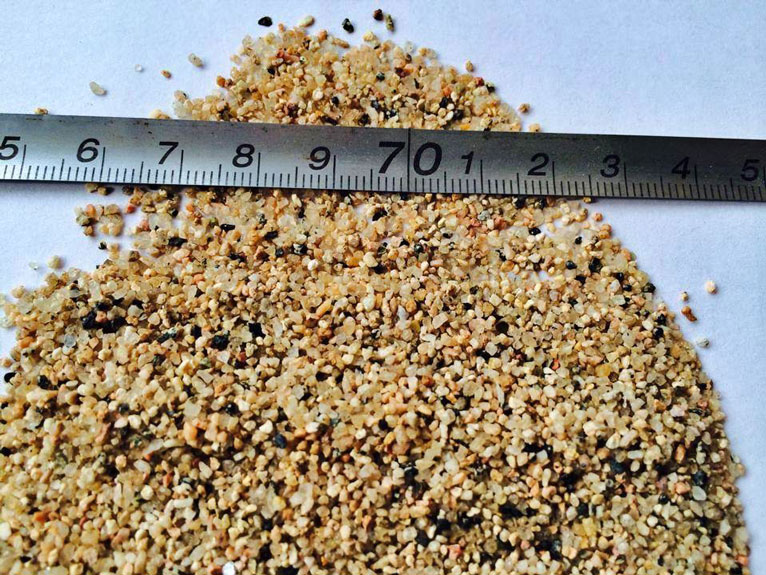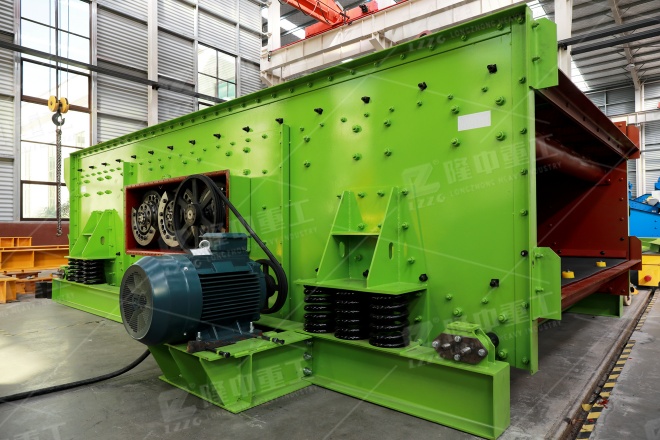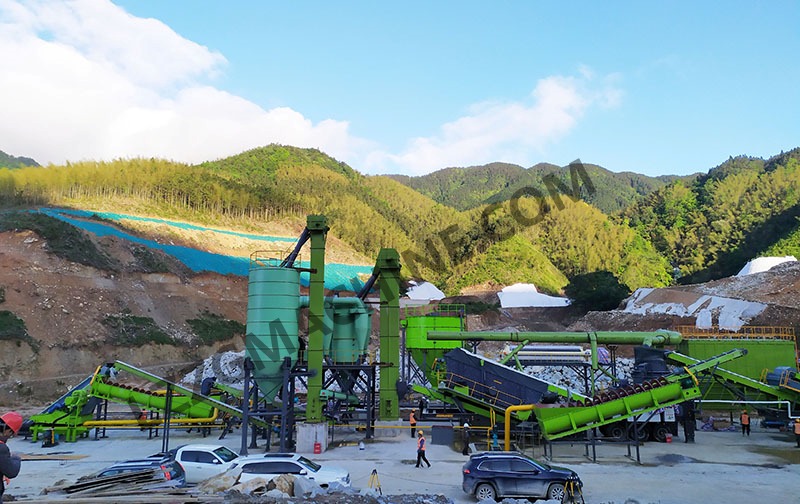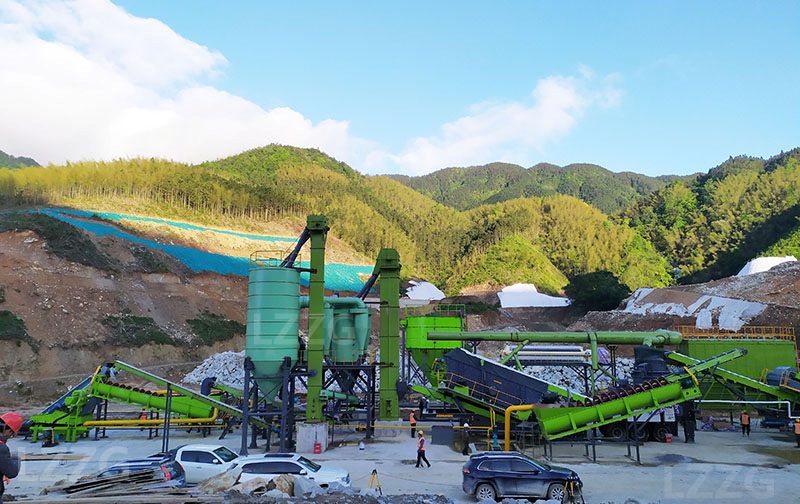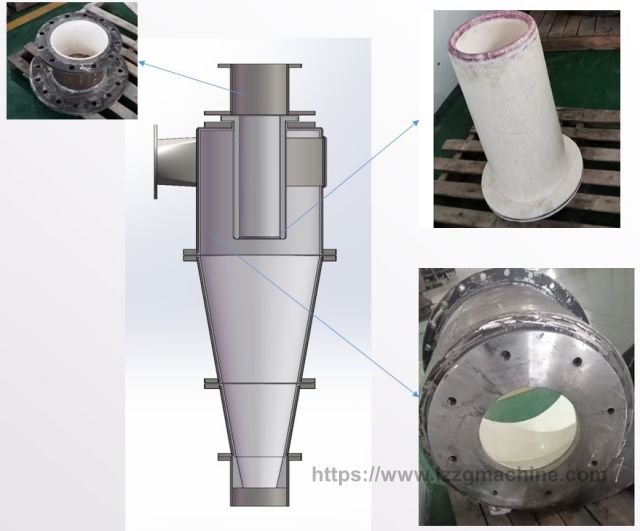How to check the quality of sand and gravel aggregate
 August.23,2022
August.23,2022
Several methods for checking the quality of sand and gravel aggregates.
1. The sand and gravel aggregate contains a large amount of mud. At present, the mining of river sand is prohibited in many places. Even if there is a supply of river sand, the mud content is too large and the quality is poor. Many concrete companies use stone scraps – stone chips as fine aggregates, and sometimes the mud content in the stone powder is surprising. The fineness modulus of fine aggregate sand varies greatly. The sources and materials of the fine aggregates of sand and gravel aggregates are different, resulting in great differences in the fineness modulus. There are often multiple suppliers of fine aggregates, and the incoming materials are crossed, which aggravates the fluctuation of the fineness modulus of the fine aggregates.
2. The gradation of sand and gravel aggregates is poor. It is mainly manifested in that the stone factory sieves the stones into 5-10mm, 10-25mm and 20-31.5mm and other particle sizes for sale, and the concrete enterprise uses it alone to cause poor gradation. In addition, small-sized stone chips from stone factories are often sold to concrete companies as so-called “machine-made sand”, and the gradation of stone chips is mostly “large content of particles at both ends and insufficient particles in the middle”, which brings difficulties to the preparation of concrete.
3. The material of sand and gravel aggregate is poor. Aggregate contains a large number of weathered and weak particles, resulting in low crush value and high water absorption. Aggregate grain shape is poor. Affected by the material of the aggregate parent rock and the production process, the content of needle flake particles in the aggregate is high. Although some particles do not meet the needle flake specifications, the irregular grain shape leads to poor workability and mechanical properties of concrete.


